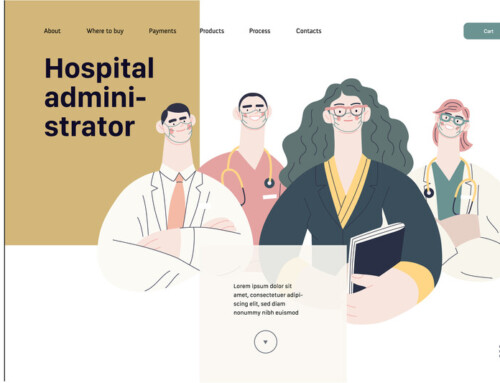 ◆ Employment Environment Still Good
◆ Employment Environment Still Good
In January of this year, the Ministry of Internal Affairs and Communications published the “Labor Force Survey (2017).” The survey result shows that employment is progressing overall, with a “decrease in the unemployment rate by 180,000 people from the previous year”, an “increase in the number of employed people by 650,000 from the previous year”, and an “increase in the labor force population for 5 consecutive years.”
◆ What is “The Elimination of the M-shaped Curve”?
What is noteworthy in this survey is that the workforce population ratio (employment rate) of women in their 30s is 69.4%, which is a big improvement, overtaking the United States. Some media reported this result as the “near elimination of the M-shaped curve (phenomenon)”.
The “M-shaped curve phenomenon” is a phenomenon that creates an M shape on a graph that compares the employment rate of women in Japan by age group, because employment is high for women in their 20’s and 40’s, while it is low for women in their 30’s. It has been regarded as a problem and phenomenon unique to Japan that is rarely seen in other developed countries
◆ Background of the Increase in Working Women in their 30s
In the background of the M-shaped curve phenomenon, there was the workstyle where women who started working in their 20s would (unavoidably) leave their work in their 30s to give birth and to raise their children, and would return to work in their 40s once their parenting settled down.
The trend of the M-shaped curved elimination is attributed to workstyle changes, where more women are trying to balance work and child care, and that the various measures to support work-life balance (for example, the permeation of the “diverse ways of working” through the extension of child care leave with the revision to the Child Care and Family Care Leave Law, reduced working hours and the flextime system, as well as the increase in the capacity of day-care centers) are starting to show their effects.
◆ Retention of Human Resources with Measures to Support Work-life Balance
Companies are also making progress in supporting the balance between work and giving birth/child care for their employees.
For example, Isetan Mitsukoshi Holdings Ltd. is well-known for its solid support system, such as their “childcare leave, which is available until the child reaches four years old”, and their “preferential re-employment to those who retired due to child birth or child care if it is within eight years.” Since about half of the female employees of this company are in their 30s, it seems that these support systems have contributed significantly to the retention of their human resources.
With our current lack of human resources, it is important to make good use of the work-life balance support measures and prevent female employees from leaving work





